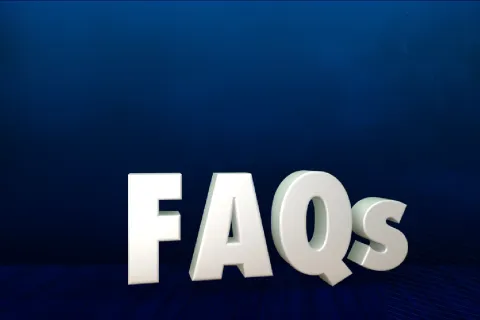
Audits and adherence to dynamic regulations have posed serious challenges for various pharmaceutical organizations. To list down the forthcomings of pharma audits, FDA warning letters and compliance adherence letters are endpoints, thereafter the compliance bridging is in the hands of pharmaceutical companies. Amongst such compliance letters, Form 483 issued by the US FDA remains frightening for any pharmaceutical establishment.
Types of the FDA Warning Letters
Considering any potential non-compliance committed by any company, the FDA can issue the following examples of warning letters to the organizations:
- Failure to comply with Good Manufacturing Practices (GMPs).
- Failure to perform adequate testing of products to ensure their safety and efficacy.
- Failure to maintain proper records and submit required reports to the FDA.
- Marketing of unapproved drugs or devices.
- Failure to properly label and package products.
- Failure to adequately address customer complaints and adverse events.
- Failure to comply with post-market surveillance requirements.
- Failure to obtain FDA approval before introducing a new product into the market.
Compliance audits are an integral part that any pharma organization needs to face with the advancement in regulations. Statistically, the data from Regulatory dashboards for the fiscal year 2022 indicates 13.7% of Form 483s were issued under the drugs and biologics category. In comparison to last year, it showed 9.54% under the same category.
Common Shortcomings Leading to Non-compliance Across the Organization
The following are the causes for the issuance of warning or non-conformance letters by the FDA inspectors during audits:
- Lack of clearly defined procedures and SOPs.
- Inadequate maintenance facilities.
- Improper utilization of real-time data.
- Inadequate laboratory control.
- Lack of communication and inter-departmental collaboration.
Quality-building is a continuous improvement and ongoing process. Compliance-building cannot be compromised even during the outbreak of pandemic situations such as COVID-19. Thus, regulators like USFDA and others ensure audits’ seamless audit processes by timely publishing guidelines to address any anticipated audit findings and their necessary call-to-action in a compliant manner. These guidance documents also briefed and projected the concept of remote interactive evaluations. The following key points are covered with awaited modifications in the context of remote audits:
- Pre-approval Inspections (PAIs) and Pre-license Inspections (PLIs).
- Post-approval Inspections (PoAIs).
- Surveillance Inspections.
- Follow-up and Compliance Inspections.
- Bioresearch Monitoring (BIMO) Inspections.
In scenarios where companies receive warning letters, non-adherence to recent Regulatory norms, and further managing with the Corrective Action and Preventive Action (CAPA) programs, a need for a seasoned and knowledgeable Regulatory partner is quintessential. Receiving Form 483 is considered the loss of intangible assets of the firm, and it has a bleak chance for organizations to recover from them. Our compliance experts at Freyr are specialized in a range of QMS domains ranging from Quality and Regulatory compliance – Current Good Manufacturing Practices (cGMP) to information security, data privacy, and Computer System Validation (CSV).
Explore our expertise in Regulatory compliance, validation, audit services, medical device, and pharma, and entrust your compliance-related business imperatives in safer hands. Contact Freyr!









